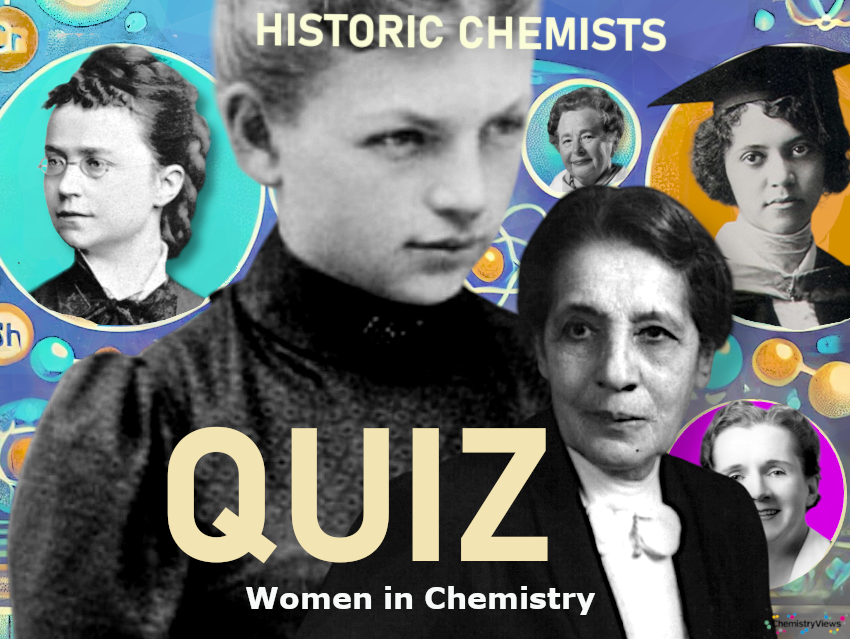Throughout history, women have made remarkable contributions to the field of chemistry, often overcoming significant obstacles. This quiz celebrates their achievements, breakthroughs, and lasting impact on science.
How well do you know the female scientists who have shaped the world of chemistry? Let’s find out!
🏅🔬 Who was the first woman to win a Nobel Prize in Chemistry?
See answer
Marie Curie (1867–1934) was awarded the 1911 Nobel Prize in Chemistry “in recognition of her services to the advancement of chemistry by the discovery of the elements radium and polonium, by the isolation of radium and the study of the nature and compounds of this remarkable element.”
In 1903 the Royal Swedish Academy of Sciences awarded Pierre Curie, Marie Curie, and Henri Becquerel the Nobel Prize in Physics “in recognition of the extraordinary services they have rendered by their joint researches on the radiation phenomena discovered by Professor Henri Becquerel.

Documentary film describes a little-known three-week stay in Italy to find new sources of radium
🎓📜 Who was the first women to receive a Ph.D. in chemistry?
See answer
On May 15, 1874, Lydia Sesemann (1845–1925) became the first woman to receive a doctorate in chemistry from the Second Section of the Faculty of Arts at the University of Zurich in Switzerland [1]. No other female chemist in the world is currently known to have received a doctorate earlier.

First woman to be awarded a doctorate in chemistry – but who knows her name?
🌱📖 Which woman is known for her work in environmental chemistry and writing “Silent Spring”?
See answer
Rachel Carson (1907–1964)
The book Silent Spring is often cited as the starting point of the global environmental movement and one of the most influential books of the 20th century. In this book, published in 1962, American biologist Rachel Carson describes the decline of bird populations as a result of the excessive and indiscriminate use of insecticides and humans’ attempt to control nature with synthetic substances.

50 to 60 years ago, the global environmental movement began with Silent Spring, the Club of Rome, the first Earth Day

Test your knowledge of famous scientists with this quiz featuring insights and reflections from some of the most renowned minds in the field
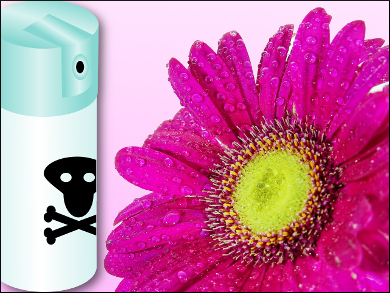
The fall of DDT and the rise of pyrethrin derivatives
🧪💪 What product was developed from Stephanie Kwolek’s work?
See answer
Stephanie Kwolek (1923–2014) was a Polish-American chemist who worked for DuPont, and is best known for inventing Kevlar (poly-paraphenylene terephthalamide).
🍞🧬 Which women together with her husband are best known for their research on how the human body metabolizes glucose?
See answer
Gerty Cori (1896–1957) and her husband Carl

Nobel Laureate known for the co-discovery of the Cori cycle and the Cori ester
🧪🔬 What significant contribution did Dorothy Crowfoot Hodgkin make to the field of X-ray crystallography?
See answer
Dorothy Crowfoot Hodgkin made significant contributions to X-ray crystallography by determining the structures of important biological molecules, including penicillin, vitamin B12, and insulin. Her work on these complex structures advanced the understanding of biochemical processes and earned her the Nobel Prize in Chemistry in 1964.
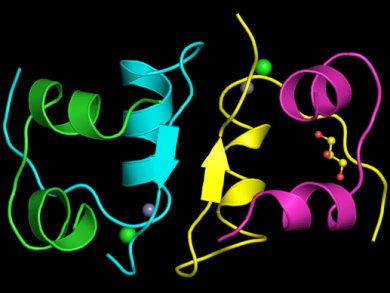
1964 Nobel Prize winner in chemistry for “the determination of the structures of important biochemical substances by means of the X-ray technique”
💊🦠 Which woman chemist invented the first selective antiviral medication?
See answer
Gertrude Belle Elion (1918–1999) was an American biochemist and pharmacologist known for her groundbreaking work in drug development who, along with her collaborators George H. Hitchings and Sir James W. Black, was awarded the 1988 Nobel Prize in Physiology or Medicine “for their discoveries of important principles for drug treatment”.
Elion, among many discoveries, co-developed acyclovir, the first selective antiviral medication for treating herpes infections.

Explore the legacy of a historic chemist and test your knowledge of their discoveries and impact on chemistry

American Nobel Laureate, biochemist, and pharmacologist co-developed groundbreaking drugs for leukemia, herpes, and organ transplant rejection
🏆🔬 Who was the first female chemist to be inducted into the National Inventors Hall of Fame, and for what invention?
See answer
The first female chemist to be inducted into the National Inventors Hall of Fame was in 1991 Gertrude Belle Elion for Anti-Leukemia Drugs (U.S. Patent No. 2,884,667).
The Hall of Fame, founded in 1972 in Akron, Ohio, USA, honors innovators behind major technological breakthroughs supported by the U.S. patent system. Each year, a committee of experts from national scientific and technical organizations selects the most outstanding inventors from the nominees.
Reference
[1] Mary Virginia Orna, WOMEN CHEMISTS IN THE NATIONAL INVENTORS’ HALL OF FAME: THEIR REMARKABLE LIVES AND THEIR AWARD-WINNING RESEARCH, Bull. Hist. Chem. 2009, 34(1), 50-60.
⚗️💫 What were female alchemists?
- A) Maria the Jewess
- B) Cleopatra
- C) Perenelle Flamel
- D) Queen Elizabeth I
See answer
All of them except Queen Elizabeth I (1533–1603) who was Queen of England and Ireland from 17 November 1558 until her death in 1603.
Maria the Jewess probably lived between the 1st and 3rd centuries A.D. in Alexandria. She is credited with inventing various types of chemical apparatus and is regarded as the first true alchemist of the Western world.
Cleopatra the Alchemist, active in the 3rd century AD, was a Greek alchemist, writer, and philosopher. She is credited with contributions to practical alchemy, possibly inventing the alembic (a distillation apparatus), and is among the few female alchemists associated with the philosopher’s stone (mythic substance capable of turning base metals such as mercury into gold or silver).
Perenelle Flamel (1320–1397) was the wife of the famous 14th-century scribe Nicolas Flamel. Perenelle’s reputation as an alchemist originates from a 1612 book supposedly written by her husband, in which Nicolas describes his search for the Philosopher’s Stone, with Perenelle witnessing alchemical projections and assisting with chrysopoeia (gold production).
🏆🔬 Who was the first woman to be awarded the Wolf Prize?
See answer
Ada Yonath (*1939) in 2006/7
The Wolf Prize is a prestigious international award, similar to the Nobel Prize, given to one to three scientists across six disciplines for exceptional achievements. The Wolf Prize in Physics and Chemistry are often considered the second most prestigious awards after the Nobel Prize. About 40 % of the Wolf Prize winners are also Nobel Laureates. Nobel Prize recipients are not eligible for the Wolf Prize.
💥🏅Despite her significant contributions to the discovery of nuclear fission, Lise Meitner was not awarded the Nobel Prize. Which of her male colleagues received the Nobel Prize for the work they did together?
- A) Otto Hahn
- B) Albert Einstein
- C) Fritz Haber
See answer
Correct Answer: A) Otto Hahn (1879–1968)
Otto Hahn was awarded the Nobel Prize in Chemistry in 1944 “for his discovery of the fission of heavy nuclei”. That neither Lise Meitner (1878–1968), Otto Robert Frisch (1904–1979), nor Hahn’s younger colleagues shared this prize has been considered controversial. Meitner had been nominated a total of 48 times, both for the Nobel Prize in Physics and the Nobel Prize in Chemistry.
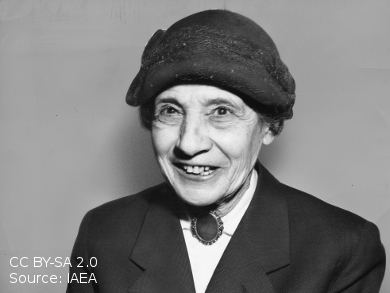
Co-discoverer of nuclear fission
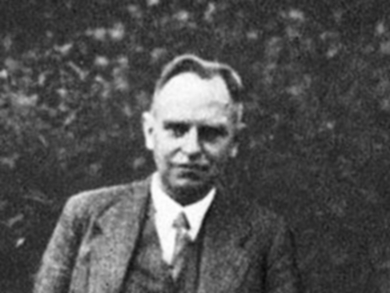
Chemistry Nobel Laureate for the discovery of nuclear fission
🎓🧪 Who was the first female chemist to graduate from university in Japan?
See answer
Chika Kuroda (1884–1968) was the first woman to receive a Bachelor of Science degree in Japan, and only the second female student to complete a doctoral degree in science in the country. She worked in organic chemistry, and her research focused on plant dyes.

The first female chemist to graduate from university in Japan worked in organic chemistry, specifically on plant dyes
👩🔬🏭 Who was the first female chemist to do research in a BASF laboratory?
See answer
Lili Wachenheim (1893–1989) received her Ph.D. summa cum laude under Max Trautz (1880–1960) in 1916, with a thesis titled ‘On the Decay Equilibrium of Nitrosyl Chloride.’ Until the end of 1917, she worked as a research assistant under Max Bodenstein (1871–1942). In January 1918, she joined BASF in Ludwigshafen, Germany, as its first female chemist.
Lili Wachenheim left BASF in December 1918 and married Carl Heinrich (Henry) Müller, a BASF chemist, in May 1919.

Lili Wachenheim (1893 – 1989) was the first female chemist to do research in a BASF laboratory
🌟 Which woman in chemistry is your role model? Why?
Let us know in the comments below or send an email to [email protected]
Also of Interest

Starting from the early alchemists we take a journey through time to examine how each of these chemists pushed the boundaries of what is possible
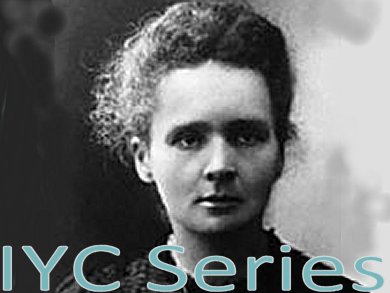
ChemistryViews introduces interesting women throughout the International Year of Chemistry
